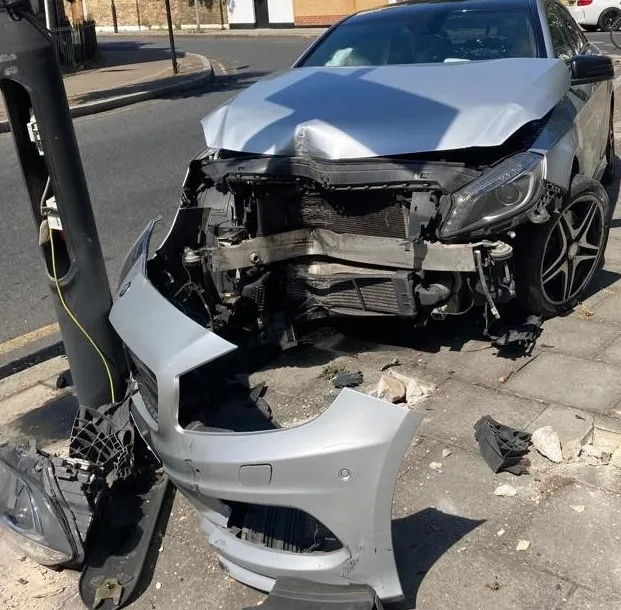A new road safety programme is being planned for Malaysia. The plan calls for safer road infrastructure that will help to cut the country’s annual road fatality rate. The programme is being managed jointly by the International Road Assessment Program (iRAP) and the Malaysian Institute of Road Safety Research (MIROS). The two bodies are working on the Malaysia Road Assessment Programme (MyRAP), which intends to improve the country’s highest risk roads around the country. This work will be carried out in partnership with national and state agencies. The programme will be hosted by MIROS in association with local experts, using local research and resources, supported by the global International Road Assessment Programme.
Malaysia’s road safety record does need improvement and more than 6,000 people are killed/year in crashes. iRAP and MIROS both believe that tackling high risk roads is critical to road casualty reductions.
To date, local teams have undertaken star rating assessments on over 11,000km of roads through Shell Malaysia supported projects. 95 per cent of
MyRAP will provide policy, performance tracking and investment tools to assist governments to measure and manage road safety infrastructure and optimize investments across the country. It will also build local capacity and expertise by training and accrediting local road safety experts in the iRAP methodology and connecting them with colleagues from around the world.
MyRAP is guided by the International Road Assessment Program’s evidence-based Star Rating methodology and investment planning tools which provide a simple and objective measure of the level of safety for vehicle occupants, motorcyclists, bicyclists and pedestrians. Five-star roads are the safest while one-star roads are the least safe.
MyRAP was launched at the 2nd Workshop on iRAP Developments in Asian Countries “Safer Roads for Safer Motorcyclists” held in association with the Global Road Safety Partnership’s Asia Pacific Road Safety Seminar.






